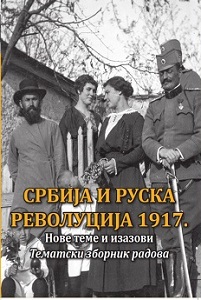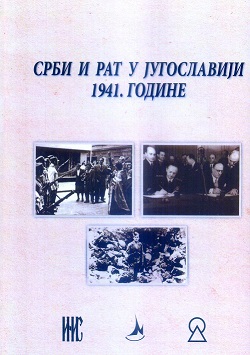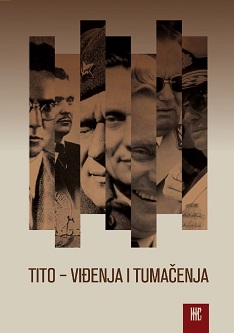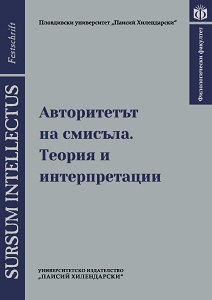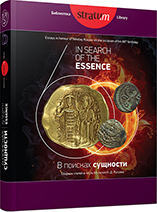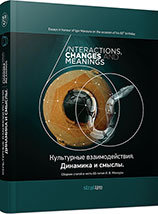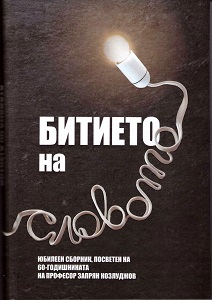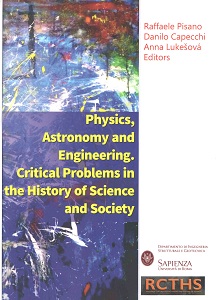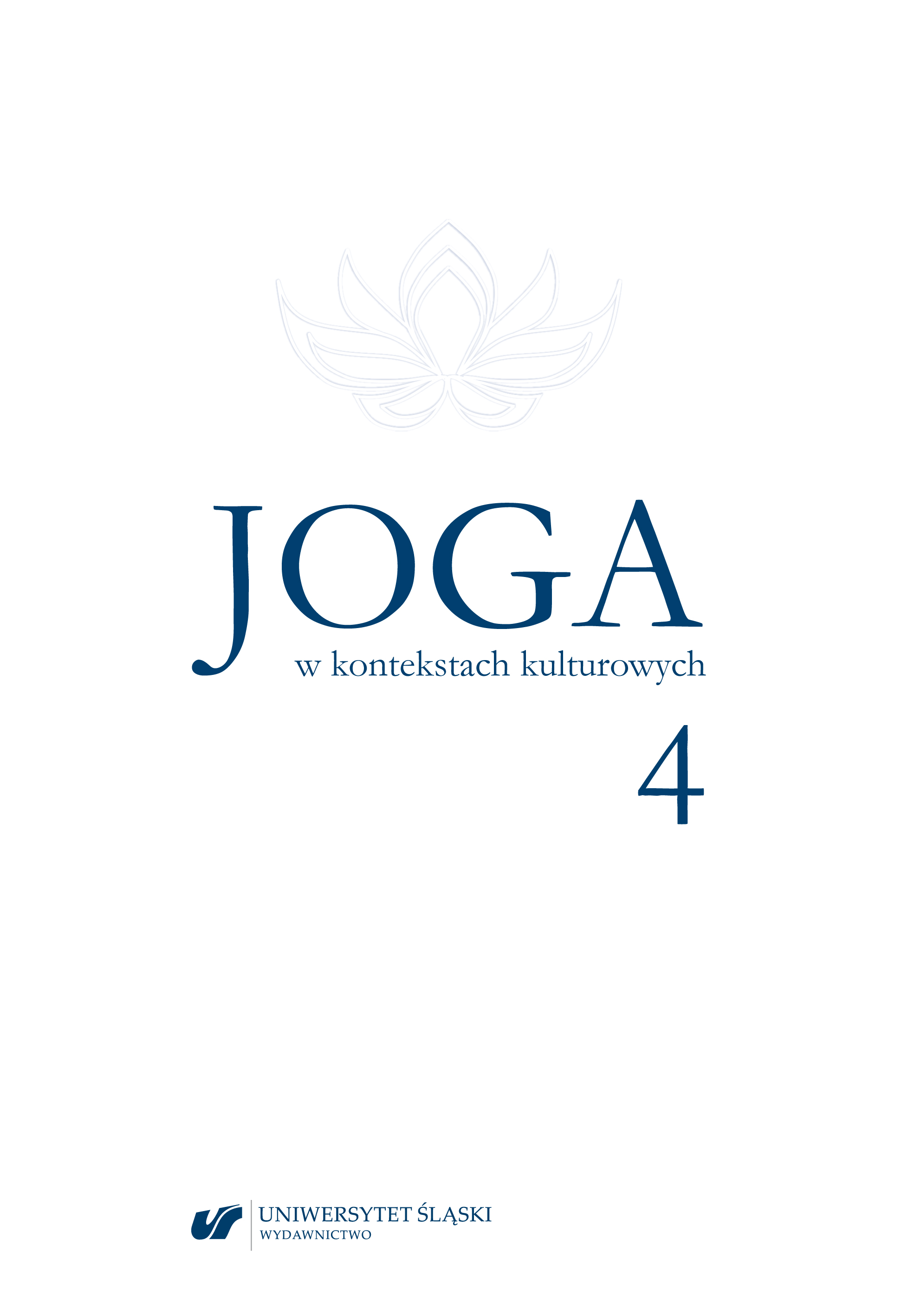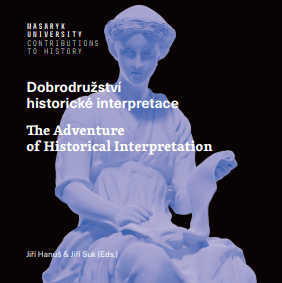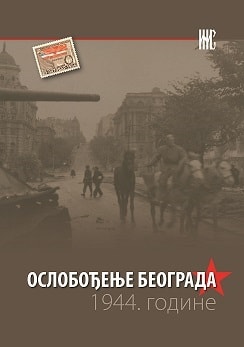
Емигрантска влада Краљевине Југославије о југословенско-совјетским односима (погледи Милана Гавриловића)
Milan Gavrilović, the leader of the Union of Agriculturists, of anti-German and pro-British persuasion, became the first ambassador of the Kingdom of Yugoslavia to Moscow as diplomatic relations were taken up in June 1940. With a brief recess from early May to mid-July 1941, he remained on that post until the end of 1941. During that time, and after it too, he conceived the most unfavourable opinion about the possible and expected influence of the Soviet Union on the Balkans and in Yugoslavia. Apart from ideological disagreement, the belief that Balkan should be left over to the Balkan peoples contributed to his opinion that the independence of these peoples must be defended against the domination of any great power, as well as against their mutual confrontations. Being sure that this was the true interest of the Balkan states, he espoused the creation of a Balkan federation and he defended his views even at the cost of parting ways with political and personal friends. During the war he was considered a „Greater-Serb“ and „anti-Soviet“.
More...
